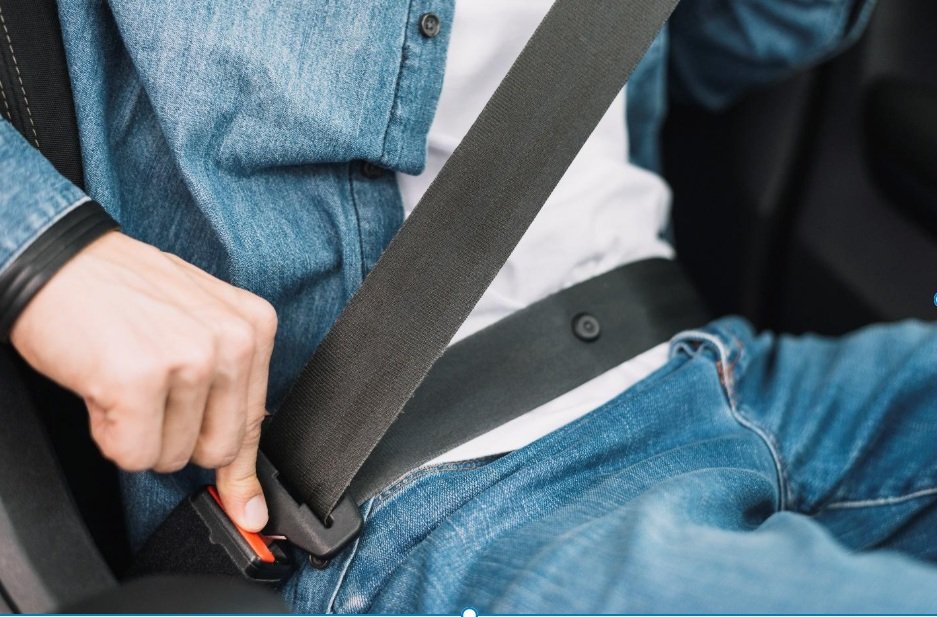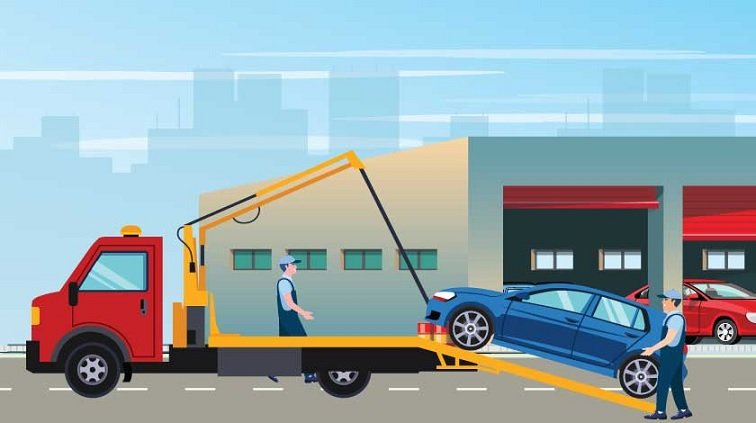Car accidents can be life-altering, often leading to serious injuries or even loss of life. Fortunately, modern seat belts and safety features are designed to reduce the impact and protect those inside the vehicle. Understanding how these technologies work empowers drivers and passengers to make safer choices on the road.
Legal support for car accident victims can be crucial in claiming compensation and holding the responsible parties accountable. In many cases, safety features make the difference between minor and major injuries—but when accidents happen, legal help matters too.
The Importance of Seat Belts
Seat belts are one of the most effective ways to prevent injuries in car accidents. By wearing a seat belt, you can reduce the risk of fatal injury by up to 45% and the risk of moderate to serious injuries by up to 50%. Seat belts work by:
- Restraining the body: Seatbelts help restrain the body, preventing occupants from being thrown around the vehicle or ejected during a crash.
- Distributing the force: Seat belts distribute the force of the impact across the stronger parts of the body, such as the pelvis and chest.
- Preventing ejection: Seat belts prevent occupants from being ejected from the vehicle, which can lead to serious injuries or fatalities.
Other Car Safety Features
In addition to seat belts, modern vehicles are equipped with a range of other safety features that can help prevent injuries in car accidents. Some of these features include:
- Airbags: Airbags deploy in the event of a crash, cushioning the impact and reducing the risk of injury.
- Anti-lock braking systems (ABS): ABS helps to prevent the wheels from locking up during hard braking, reducing the risk of skidding and loss of control.
- Electronic stability control (ESC): ESC helps improve the vehicle’s stability and traction, reducing the risk of loss of control.
- Lane departure warning systems: These systems alert the driver if the vehicle drifts out of its lane, reducing the risk of accidents caused by driver distraction or fatigue.
- Blind spot monitoring systems: These systems alert the driver to vehicles in the blind spot, reducing the risk of accidents caused by lane changes.
How Car Safety Features Can Reduce Injuries
Car safety features can reduce injuries in several ways:
- Preventing accidents: Certain safety features, such as ABS (anti-lock braking system) and ESC (electronic stability control), can help prevent accidents by enhancing the vehicle’s stability and control.
- Reducing the impact: Other safety features, such as airbags and seatbelts, can help reduce the impact of a crash, minimizing the risk of injury.
- Alerting the driver: Safety features, such as lane departure warning systems and blind spot monitoring systems, can alert the driver to potential hazards, thereby reducing the risk of accidents.
Final Thought
Seat belts and car safety features are crucial in reducing the risk of injuries in car accidents. By wearing a seatbelt and utilizing the safety features available in modern vehicles, drivers and passengers can significantly reduce their risk of injury or fatality in the event of a crash. As technology continues to evolve, we can expect to see even more advanced safety features that can help prevent accidents and reduce the risk of injury.
Refresh Date: August 21, 2025



